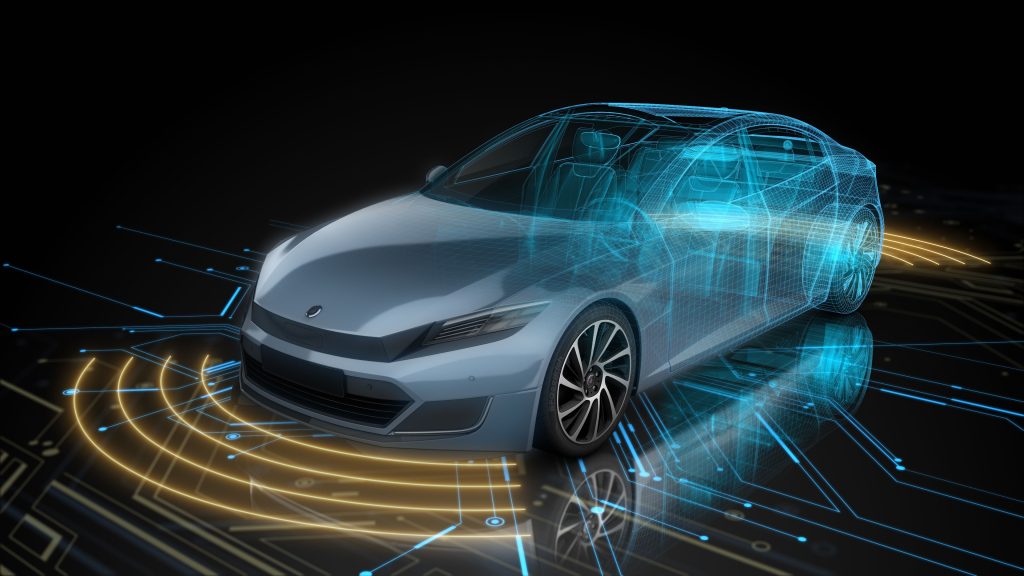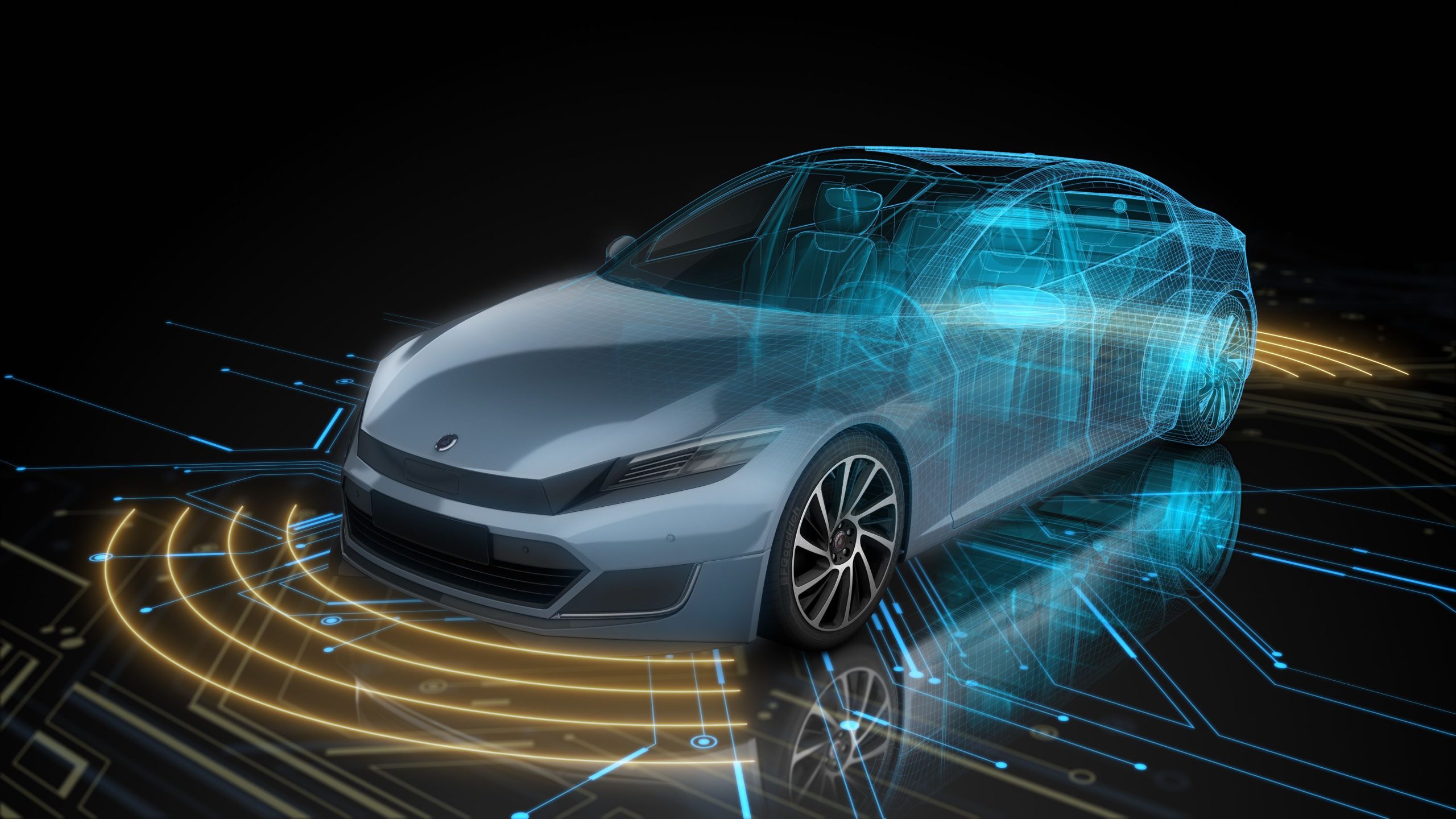Technology is progressing at an extraordinary pace, with advancements occurring across industries. The automotive and electronics sectors are at the forefront of this revolution, constantly pushing the boundaries of what’s possible. From autonomous vehicles and electric cars to smart homes and cutting-edge gadgets, the intersection of these technologies is transforming how we live, work, and interact with the world.
1. Automotive Technology: A Revolution on the Road
The automotive industry is undergoing a rapid transformation, driven by innovations in electric vehicles (EVs), autonomous driving, connectivity, and sustainable manufacturing. These advancements are not only reshaping how cars are built and driven but are also laying the groundwork for a future where mobility is cleaner, safer, and more efficient.
Electric Vehicles (EVs): Charging Ahead
Electric vehicles are quickly becoming the centerpiece of the automotive revolution. Thanks to advancements in battery technology, electric cars are now more affordable, efficient, and practical than ever before. Companies like Tesla, Rivian, and traditional automakers such as Ford and Volkswagen are investing heavily in electric vehicle development, with plans to phase out internal combustion engine vehicles in favor of cleaner alternatives.
The growth of EV infrastructure, such as charging stations and long-range battery technology, is making EVs more accessible to consumers. The shift to electric cars promises to reduce carbon emissions and combat climate change while offering the potential for quieter, smoother rides.
Autonomous Vehicles: A New Era of Driving
The dream of self-driving cars is rapidly becoming a reality. Autonomous vehicles, powered by advanced sensors, AI, and machine learning algorithms, have the potential to revolutionize transportation by making roads safer, reducing traffic congestion, and improving fuel efficiency.
Leading companies in the autonomous vehicle space, including Waymo, Uber, and Apple, are working on perfecting self-driving technology. While full autonomy may still be years away, semi-autonomous features such as adaptive cruise control, lane-keeping assistance, and automated parking are already available in many modern cars.
One of the most significant benefits of autonomous vehicles is safety. According to statistics, human error accounts for over 90% of road accidents. With AI-driven systems that can process data faster and more accurately than humans, autonomous vehicles could drastically reduce the number of accidents and fatalities on the road.
Connectivity: Cars as Mobile Hubs
The concept of connected cars is reshaping the automotive experience. By integrating smart technologies such as 5G, in-car Wi-Fi, and cloud computing, modern vehicles are becoming mobile hubs of information and entertainment.
In-vehicle technology now offers advanced navigation, voice-controlled assistants, real-time traffic updates, and even the ability to control home devices like lights and thermostats from the car. With the rise of over-the-air updates, automakers can improve software functionality and introduce new features remotely, enhancing the ownership experience.
2. Electronics Technology: The Powerhouse of Innovation
The electronics industry is another key player in technological advancement, with innovations in everything from smartphones and smart homes to wearable devices and AI-powered gadgets. These technologies are fundamentally changing how we interact with the world and each other.
Smartphones: The Heart of the Digital Age
Smartphones continue to evolve at a rapid pace, offering increasingly powerful features and capabilities. With every new generation, smartphones get more efficient, with faster processors, better cameras, and longer battery life. Innovations like foldable screens, improved artificial intelligence (AI), and 5G connectivity are opening new possibilities for communication, entertainment, and work.
Today’s smartphones are not just for making calls and texting—they serve as entertainment centers, fitness trackers, mobile offices, and even payment devices. As we move into the future, the integration of augmented reality (AR) and virtual reality (VR) into mobile devices will only enhance the user experience.
Smart Homes: A Connected Living Experience
The smart home revolution is one of the most transformative trends in consumer electronics. Thanks to advancements in IoT (Internet of Things) technology, homes are becoming more connected and intelligent, allowing devices to communicate with each other and be controlled remotely.
From smart thermostats and lighting systems to voice-controlled assistants like Amazon Alexa and Google Assistant, smart homes offer unparalleled convenience, energy efficiency, and security. Homeowners can control almost every aspect of their home environment from a smartphone or even with their voice, creating a seamless living experience.
Furthermore, home security systems are becoming more advanced, with features such as facial recognition, motion sensors, and remote monitoring capabilities. These systems are making it easier for homeowners to protect their properties and keep an eye on things when they are away.
Wearables: The Next Step in Personal Tech
Wearable technology, particularly fitness trackers and smartwatches, is another area of rapid innovation. Devices like the Apple Watch, Fitbit, and Garmin are increasingly becoming essential parts of our daily lives, offering real-time health and fitness tracking, notifications, and even ECG readings. These wearables are also beginning to offer more advanced features, such as blood oxygen monitoring and sleep tracking, which provide valuable insights into overall health and wellness.
In the medical field, wearables are showing great promise for monitoring chronic conditions, helping individuals manage their health more effectively and even alerting them to potential emergencies. As the technology improves, we can expect wearables to play a bigger role in preventive healthcare.
AI and Machine Learning: The Brain Behind the Tech
Artificial intelligence (AI) and machine learning are the driving forces behind many of the technological innovations in both automotive and electronics. From the algorithms that power self-driving cars to the recommendation systems on streaming platforms like Netflix, AI is revolutionizing industries by enabling systems to learn from data and make decisions without human intervention.
AI is also transforming healthcare, improving diagnostics, personalizing treatments, and even assisting in the development of new medications. In the electronics space, AI enhances user experiences by powering smarter devices, whether it’s through voice recognition, predictive text, or intuitive interfaces that adapt to individual preferences.
3. The Future: A World of Seamless Integration
The future of automotive and electronics technology is one of seamless integration. We are rapidly moving toward a world where cars, homes, and personal devices are all interconnected, creating a fully digital ecosystem. Autonomous vehicles will be able to communicate with smart cities, adjusting traffic patterns in real time to reduce congestion. Meanwhile, AI-powered homes will integrate with electric cars to optimize charging times and energy usage.
As technology continues to advance, it will bring about new opportunities for efficiency, sustainability, and convenience. The rise of clean energy, smarter manufacturing processes, and next-generation electronics will help build a more sustainable future while enhancing our everyday lives.
Conclusion: Embracing the Technological Future
The automotive and electronics sectors are undergoing a technological renaissance, and the innovations we’re seeing today are just the beginning. As advancements in electric vehicles, autonomous driving, and smart home technologies continue to unfold, they will reshape the world around us.
We are on the cusp of a future where cars are smarter, homes are more connected, and electronics are more integrated into our lives than ever before. The pace of change is rapid, and it’s clear that the next decade will be defined by the incredible potential of these technologies. Embracing this future requires adaptability and a willingness to explore new possibilities, but the benefits for individuals, industries, and society as a whole are limitless.

